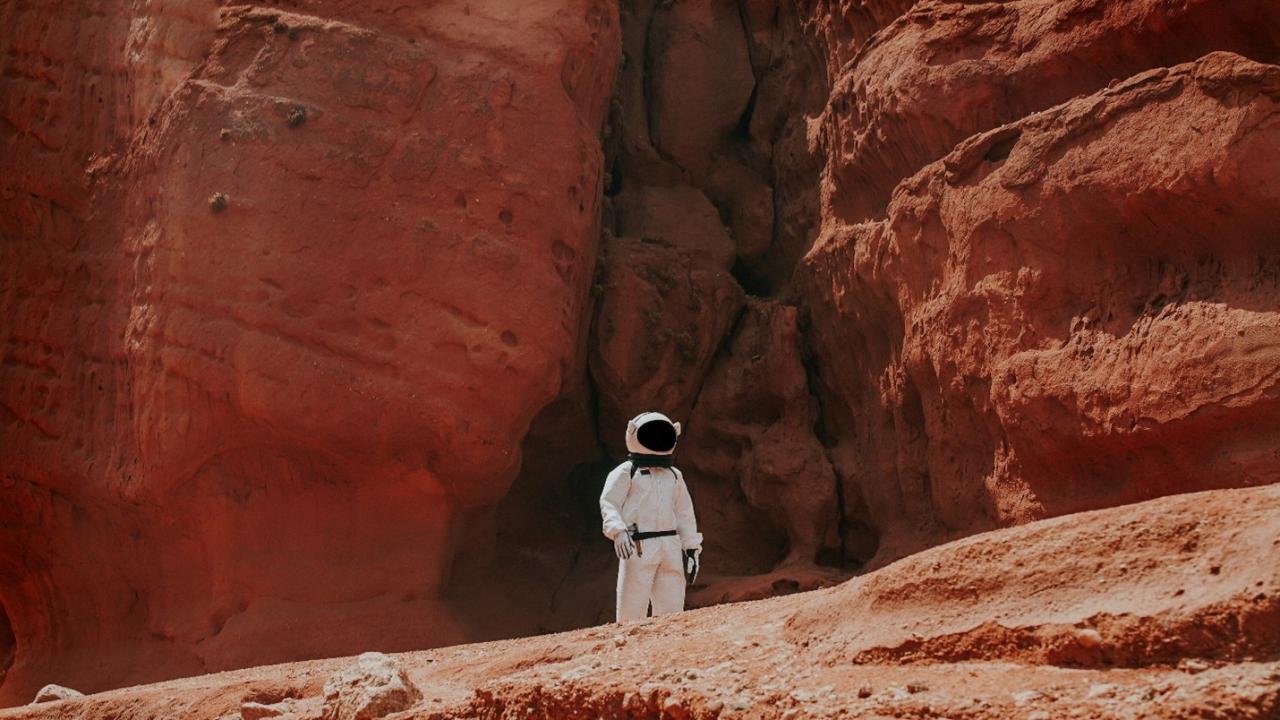This is one step for man, one giant leap for ketchup as a recent study by Heinz provides proof that tomatoes can be grown on Mars, in theory. You might think they actually attempted this on the red planet, but Heinz recreated similar conditions on Mars to test for growth in an identical environment.
The experiment was created by seven experts on ketchup tomatoes, known as Heinz “tomato” masters, two years ago working alongside a team of 14 astrobiologists for nine months. The teams worked to grow tomatoes in a simulated environment with studies conducted in “The Red House” at the Aldrin Space Institute, Florida Tech.
The controls of the study were simulated environmental conditions such as water levels and temperatures. This project is an example of long-term food harvesting with the potential to cultivate Mars with the goal of finding a reliable agricultural system on another planet.
Mars isn’t as habitable as Earth as the air is mostly carbon dioxide and the temperature is 50°C colder on average as the intensity of sunlight is less than half of Earth’s. Mars also has a gravitational pull and arid soil lacking nutrients that are laced with chemicals called perchlorates.
Scientists discovered that using artificial light sources, leeching out the soil toxins, and fertilizing the soil can transform Mars into a fertile environment. Similar studies have been conducted to grow onions, quinoa, barley, peas, and kale that reportedly taste better than kale grown on Earth.
A 2014 study attempted to grow produce in simulated Mars soil for 50 days resulted in promising growth with mustard leaves, tomatoes, cress, and wheat growing well while flowering as well as producing seeds without the use of fertilizer. Food production is becoming more viable with the results of these studies compounded with the recent discovery of liquid water found on Mars.
It might seem like a crazy notion to attempt growing food on Mars, but it can greatly help provide a food source for astronauts at the International Space Station (ISS). Cargo deliveries of only freeze-dried meals happen routinely but are only designed for missions lasting 12 months and a human mission to Mars will take two to three years.
NASA is already working on the project with growing crops in space to provide astronauts with nutritious, fresh produce on their trips. Growing produce on Mars can be an additional food resource for longer missions and can be left behind for the next mission which is an added benefit that reduces future loads for future missions.
This will be an important development as NASA is working towards missions for human crews to visit Mars and the possible development of colonizing the planet. Developing the simulation soil is key in this effort as greenhouses that are built on Mars will be less likely to survive conditions.
There will also be some required work in changing Mars’ atmosphere that will require hundreds of years of seeding the soil with oxygen-producing microbes, cyanobacteria, and lichens. Another concerning factor is that Mars doesn’t have a magnetic field to shield from solar radiation, magnetosphere, which can make the produce toxic.
Heinz has proved that it’s a possibility to grow produce on Mars, but this is one step in a larger mission to utilize the red planet in the future. The Martian ketchup won’t be available on shelves but a select few get to give it a try including the research team and a former NASA astronaut Mike Massimino who happens to be a ketchup fan.






